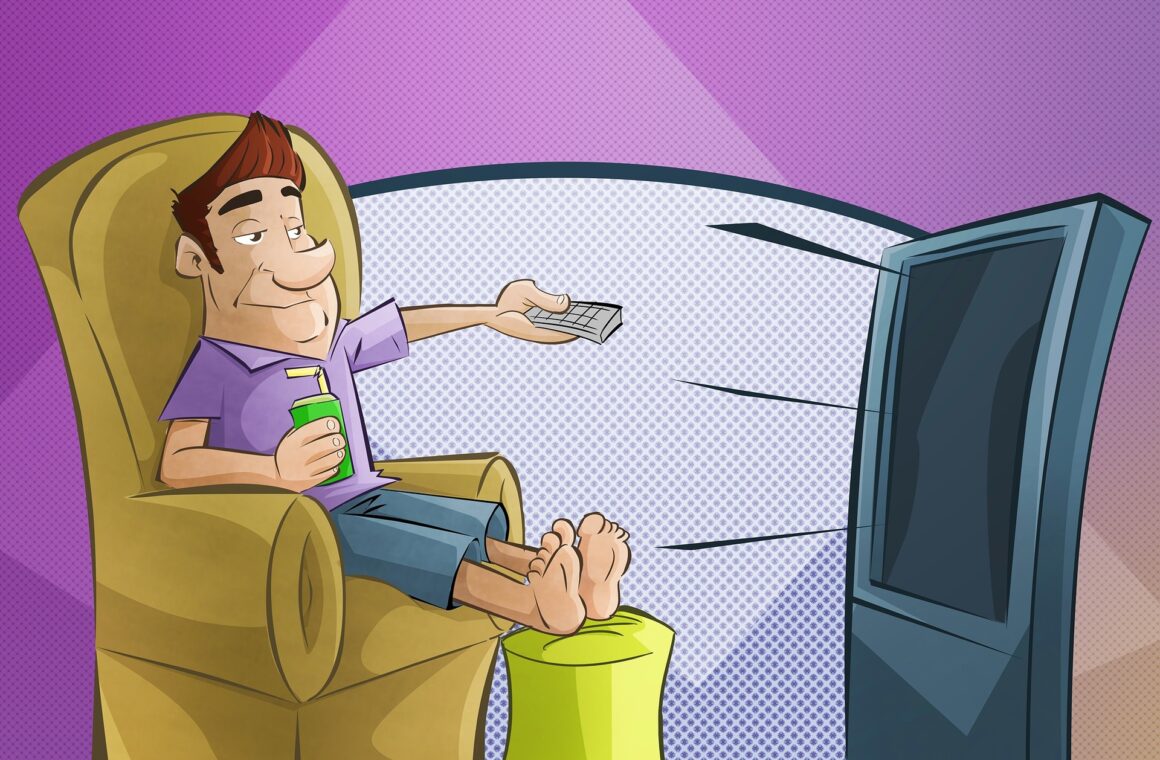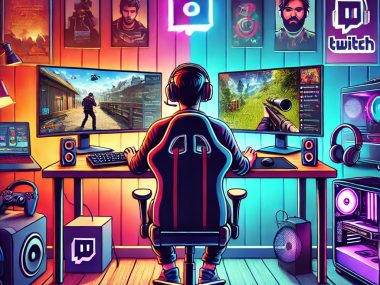Is Multistreaming Helping or Hurting Your Stream?
Twitch is finally doing something that’s long overdue: enforcing the rules it set when it opened the door to simulcasting. For streamers, building an audience on multiple platforms is smart. Twitch hasn’t been profitable, and if it ever folds or changes drastically, having a community on YouTube, Kick, or TikTok could save you from starting over. The way many streamers handle multistreaming today? It’s not sustainable, and Twitch is right to step in. They have banned some streamers for not following the rules.
The Viewer Experience Is Taking the Hit
Let’s be honest: simulcasting often makes the stream worse for viewers. If someone is watching you on YouTube, do they really want to sit through a five-minute thank-you session for Twitch subs? If TikTok’s stream quality crashes mid-stream, do your Kick viewers need a 10-minute rant while you troubleshoot it live? Probably not.
When streamers treat Twitch like the backup channel instead of the primary one, or create chaos by reacting to every hiccup on other platforms, it degrades the experience. And under Twitch’s simulcasting guidelines, that’s not allowed.
“You ensure that the quality of Twitch users’ experience of your Simulcast is, at a minimum, no less than the experience on other platforms.”
That includes chat engagement. Streamers are not allowed to give more attention to YouTube just because more people are gifting there. That’s a subtle but important rule: engagement must be balanced across platforms, even if the money isn’t.
The YouTube Quality Dilemma
YouTube makes Twitch look outdated in a lot of ways. Higher resolution, higher bitrate, better stability, the ability to rewind. It’s common to see streamers pushing 1440p on YouTube while sticking to 1080p or lower on Twitch. If Twitch is lagging, some streamers straight-up tell viewers to switch platforms. That’s another rule violation.
“You should not provide links, or otherwise direct your community, to leave Twitch for your simulcast on other services.”
You can’t say, “If Twitch is acting weird, just go to my YouTube.” That’s explicitly against the rules.
No More Merged Chat
Another enforcement worth celebrating: merged chats are no longer allowed. Third-party tools that display chat from multiple platforms on your stream are now off-limits for viewers. You can still use those tools privately to keep track of everything, but your Twitch stream can’t show YouTube or Kick messages.
“You do not use third-party services that combine activity from other platforms… to ensure the Twitch community is included in the entirety of the experience.”
Honestly? This is great. Combined chats were messy, distracting, and could cause moderation issues. On top of that, too many overlays can clutter the screen. Removing merged chat makes the stream visually cleaner. Less noise, more game.
The tradeoff is that it might be harder for viewers to follow what the streamer is responding to, especially when they can’t see the full conversation. But that’s a small price to pay for clarity and compliance.
Clean Screens and Smarter Streamers
The smartest streamers already act like this. No merged chat. Minimal overlays. They don’t read every chat message. They pick the quality ones. They don’t pause gameplay to solve someone’s tech issue live. They respect the broadcast and understand their job isn’t to do Level 1 customer support.
Too many streamers do the opposite. They try to be everywhere, talk to everyone, and fix everything in real time. The result? Viewers on every platform feel like second-class citizens to the drama happening somewhere else.
That’s not just annoying. It’s a liability now.
Enforcing the Rules Won’t Fix Twitch. It’s a Start
Let’s be clear: enforcing simulcast rules isn’t going to magically make people stay on Twitch. The platform still has serious issues to solve. This is a good step. Rules without enforcement are just suggestions. Twitch finally decided to mean what it says.
Simulcasting should be an upgrade, not a downgrade. If you’re going to be live in multiple places, every audience deserves the same level of attention and quality. If Twitch is your home base, don’t treat it like the backup plan just because YouTube is shinier.
If you’re going to simulcast, do it with intention. Not chaos.
- Don’t play favorites with platforms.
- Don’t send your Twitch viewers elsewhere.
- Don’t turn your stream into a tech support line.
Twitch is holding streamers accountable for how they use the privilege of simulcasting. That’s not a punishment. It’s a necessary correction.
If you’re smart about it, these changes won’t limit your growth. They’ll force you to build something better.






